-
 Bitcoin
Bitcoin $82,889.2590
-0.46% -
 Ethereum
Ethereum $1,793.2293
-1.49% -
 Tether USDt
Tether USDt $0.9997
-0.02% -
 XRP
XRP $2.0568
0.29% -
 BNB
BNB $592.2304
-1.63% -
 USDC
USDC $1.0000
0.01% -
 Solana
Solana $115.7109
-3.42% -
 Dogecoin
Dogecoin $0.1619
-2.01% -
 Cardano
Cardano $0.6496
-0.45% -
 TRON
TRON $0.2390
0.90% -
 UNUS SED LEO
UNUS SED LEO $9.5630
1.80% -
 Toncoin
Toncoin $3.5272
-7.56% -
 Chainlink
Chainlink $12.7869
-3.09% -
 Stellar
Stellar $0.2602
-1.42% -
 Avalanche
Avalanche $18.0792
-2.71% -
 Shiba Inu
Shiba Inu $0.0...01214
-1.56% -
 Sui
Sui $2.2014
-8.72% -
 Hedera
Hedera $0.1623
-2.00% -
 Polkadot
Polkadot $4.0239
-1.09% -
 Litecoin
Litecoin $83.2407
0.28% -
 MANTRA
MANTRA $6.3682
0.89% -
 Bitcoin Cash
Bitcoin Cash $301.4692
-0.02% -
 Bitget Token
Bitget Token $4.4785
-1.45% -
 Dai
Dai $1.0000
0.01% -
 Ethena USDe
Ethena USDe $0.9994
-0.05% -
 Monero
Monero $214.4062
-0.61% -
 Hyperliquid
Hyperliquid $11.7638
-4.95% -
 Pi
Pi $0.5645
-15.24% -
 Uniswap
Uniswap $5.8559
-2.26% -
 Aptos
Aptos $5.0161
-4.08%
What Is an Aggressive Investment Strategy?
An aggressive investment strategy allocates a large portion of its portfolio to high-volatility equities, such as growth stocks, seeking higher returns despite potential capital losses and market fluctuations.
Oct 16, 2024 at 03:04 pm
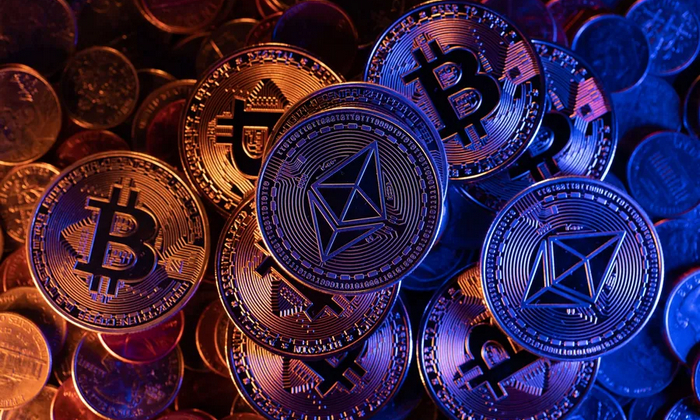
What Is an Aggressive Investment Strategy?
1. Overview
An aggressive investment strategy is characterized by high risk-taking in pursuit of greater potential returns. It is suitable for investors with a higher risk tolerance and a long investment horizon.
2. Key Elements
- High Allocation to Equities: Aggressive investors allocate a significant portion of their portfolio to stocks, which have higher return potential but also higher volatility.
- Growth-Oriented Assets: They focus on growth-oriented assets such as growth stocks, technology startups, and emerging markets.
- Higher Leverage: Leverage, such as borrowing money to invest, can amplify both potential returns and losses.
- Diversification: Aggressive strategies often involve diversifying across different asset classes and sectors to mitigate risk.
- Short-Term Focus: Aggressive investors tend to monitor markets closely and make frequent adjustments to their portfolio.
3. Risk and Reward
Aggressive investment strategies carry significant risk. However, they also have the potential for higher returns in favorable market conditions. The higher risk-reward trade-off requires careful consideration and a long-term perspective.
4. Suitability
An aggressive investment strategy is suitable for:
- Investors with a high risk tolerance
- Individuals with a long investment horizon
- Those seeking higher potential returns
5. Potential Drawbacks
- Higher Volatility: Aggressive strategies experience significant market fluctuations, which can be stressful for investors.
- Capital Loss: Significant losses are possible, especially in bear markets.
- Stressful Monitoring: Constant portfolio adjustments can be time-consuming and mentally taxing.
6. Examples
Here are some examples of aggressive investment strategies:
- *Growth stock portfolio: A portfolio heavily invested in growth-oriented stocks with high earning potential.
- *Leveraged ETF portfolio: A portfolio of leveraged ETFs that track market indices or specific sectors.
- *Emerging market bond fund: A fund that invests in high-yield bonds from emerging markets.
In summary, an aggressive investment strategy involves taking on substantial risk in pursuit of potentially high returns. It is suitable for investors with a high risk tolerance and a long-term perspective. However, it is crucial to understand the potential risks and drawbacks before adopting such a strategy.
Disclaimer:info@kdj.com
The information provided is not trading advice. kdj.com does not assume any responsibility for any investments made based on the information provided in this article. Cryptocurrencies are highly volatile and it is highly recommended that you invest with caution after thorough research!
If you believe that the content used on this website infringes your copyright, please contact us immediately (info@kdj.com) and we will delete it promptly.
- "The market views if growth slides, then traditional risk assets will slide and crypto is correlated to traditional risk assets"
- 2025-04-04 10:50:11
- Between Oct. 25, 2024, and Jan. 16, 2025
- 2025-04-04 10:50:11
- Trump's New Tariffs Send Ripples Through Global Markets, Affecting Stocks and Digital Assets
- 2025-04-04 10:45:12
- Global Markets Tank as Trump Introduces New Tariff Model
- 2025-04-04 10:45:12
- Tesla (NASDAQ:TSLA) shares tank 8% in premarket as Q1 deliveries miss estimates by a wide margin
- 2025-04-04 10:40:12
- Arctic Pablo Coin: The Next Breakout Meme Coin Promises 9084.48% ROI
- 2025-04-04 10:40:12
Related knowledge

Why is the oracle called the bridge between blockchain and the real world?
Apr 04,2025 at 04:00am
The concept of an oracle in the cryptocurrency and blockchain world is crucial for understanding how these decentralized systems interact with external data. The oracle is often referred to as the bridge between blockchain and the real world because it serves as a vital intermediary that fetches, verifies, and transmits off-chain data to the on-chain en...
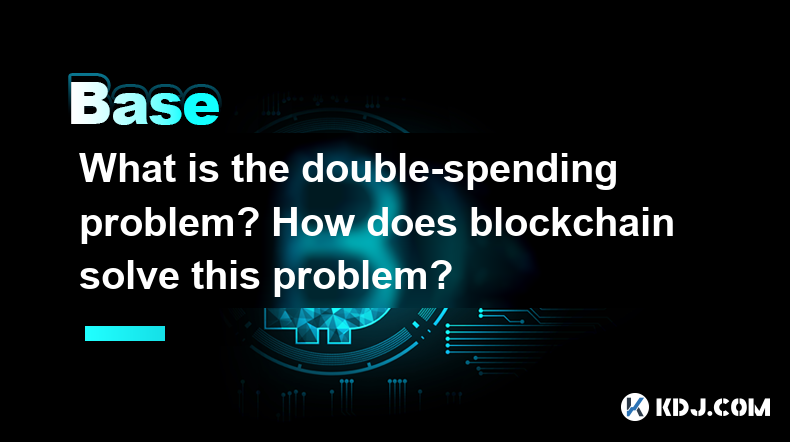
What is the double-spending problem? How does blockchain solve this problem?
Apr 04,2025 at 09:07am
The double-spending problem is a significant challenge in the realm of digital currencies. Double-spending refers to the potential for a digital currency to be spent more than once. This issue arises because digital files, unlike physical cash, can be easily duplicated. If not addressed, double-spending could undermine the integrity and trust in any dig...
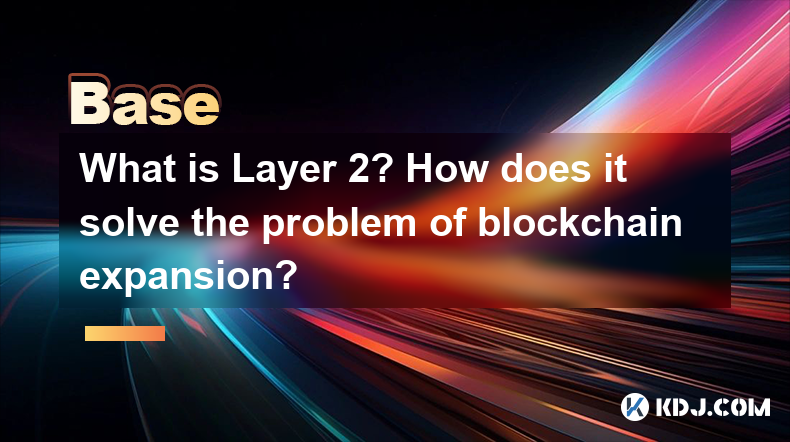
What is Layer 2? How does it solve the problem of blockchain expansion?
Apr 04,2025 at 10:57am
Layer 2 refers to a secondary framework or protocol built on top of an existing blockchain system, known as Layer 1. The primary purpose of Layer 2 solutions is to enhance the scalability, speed, and efficiency of transactions on the blockchain without compromising its security and decentralization. By handling transactions off the main chain, Layer 2 t...
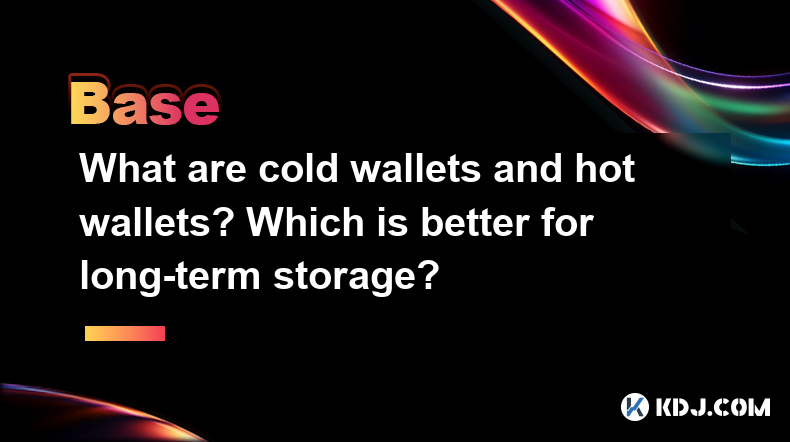
What are cold wallets and hot wallets? Which is better for long-term storage?
Apr 04,2025 at 07:57am
Cold wallets and hot wallets are two primary types of cryptocurrency storage solutions, each with its own set of advantages and security levels. Understanding the differences between them is crucial for anyone looking to store their digital assets safely, especially for long-term storage. What is a Cold Wallet?A cold wallet, also known as a hardware wal...
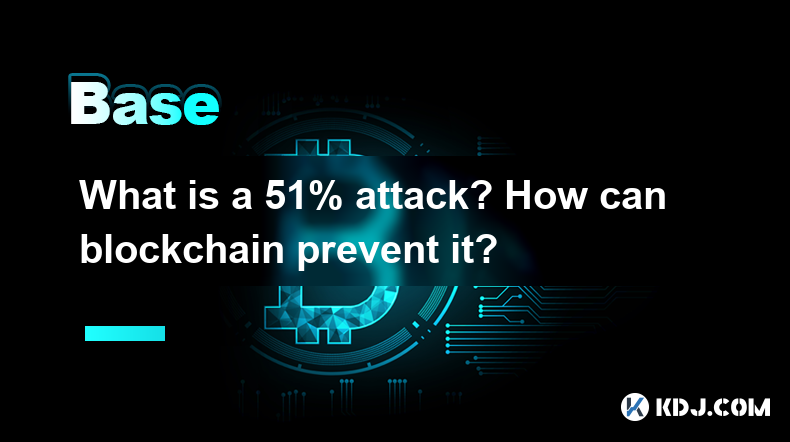
What is a 51% attack? How can blockchain prevent it?
Apr 04,2025 at 02:08am
A 51% attack is a significant threat to the security and integrity of a blockchain network. In this type of attack, a single entity or group gains control of more than half of the network's mining power or hash rate. This control allows the attacker to manipulate the blockchain by double-spending coins, preventing the confirmation of new transactions, o...
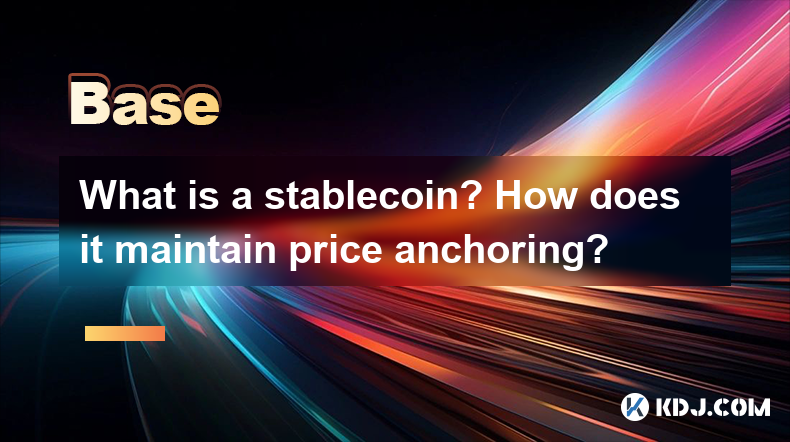
What is a stablecoin? How does it maintain price anchoring?
Apr 04,2025 at 09:49am
A stablecoin is a type of cryptocurrency designed to minimize the volatility typically associated with other cryptocurrencies like Bitcoin and Ethereum. The primary goal of a stablecoin is to maintain a stable value by pegging it to a more stable asset, such as a fiat currency (like the US dollar) or a commodity (like gold). This stability makes stablec...

Why is the oracle called the bridge between blockchain and the real world?
Apr 04,2025 at 04:00am
The concept of an oracle in the cryptocurrency and blockchain world is crucial for understanding how these decentralized systems interact with external data. The oracle is often referred to as the bridge between blockchain and the real world because it serves as a vital intermediary that fetches, verifies, and transmits off-chain data to the on-chain en...

What is the double-spending problem? How does blockchain solve this problem?
Apr 04,2025 at 09:07am
The double-spending problem is a significant challenge in the realm of digital currencies. Double-spending refers to the potential for a digital currency to be spent more than once. This issue arises because digital files, unlike physical cash, can be easily duplicated. If not addressed, double-spending could undermine the integrity and trust in any dig...

What is Layer 2? How does it solve the problem of blockchain expansion?
Apr 04,2025 at 10:57am
Layer 2 refers to a secondary framework or protocol built on top of an existing blockchain system, known as Layer 1. The primary purpose of Layer 2 solutions is to enhance the scalability, speed, and efficiency of transactions on the blockchain without compromising its security and decentralization. By handling transactions off the main chain, Layer 2 t...

What are cold wallets and hot wallets? Which is better for long-term storage?
Apr 04,2025 at 07:57am
Cold wallets and hot wallets are two primary types of cryptocurrency storage solutions, each with its own set of advantages and security levels. Understanding the differences between them is crucial for anyone looking to store their digital assets safely, especially for long-term storage. What is a Cold Wallet?A cold wallet, also known as a hardware wal...

What is a 51% attack? How can blockchain prevent it?
Apr 04,2025 at 02:08am
A 51% attack is a significant threat to the security and integrity of a blockchain network. In this type of attack, a single entity or group gains control of more than half of the network's mining power or hash rate. This control allows the attacker to manipulate the blockchain by double-spending coins, preventing the confirmation of new transactions, o...

What is a stablecoin? How does it maintain price anchoring?
Apr 04,2025 at 09:49am
A stablecoin is a type of cryptocurrency designed to minimize the volatility typically associated with other cryptocurrencies like Bitcoin and Ethereum. The primary goal of a stablecoin is to maintain a stable value by pegging it to a more stable asset, such as a fiat currency (like the US dollar) or a commodity (like gold). This stability makes stablec...
See all articles






















































































